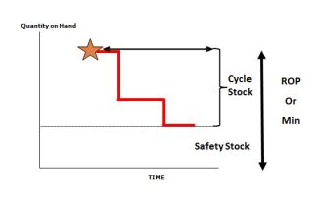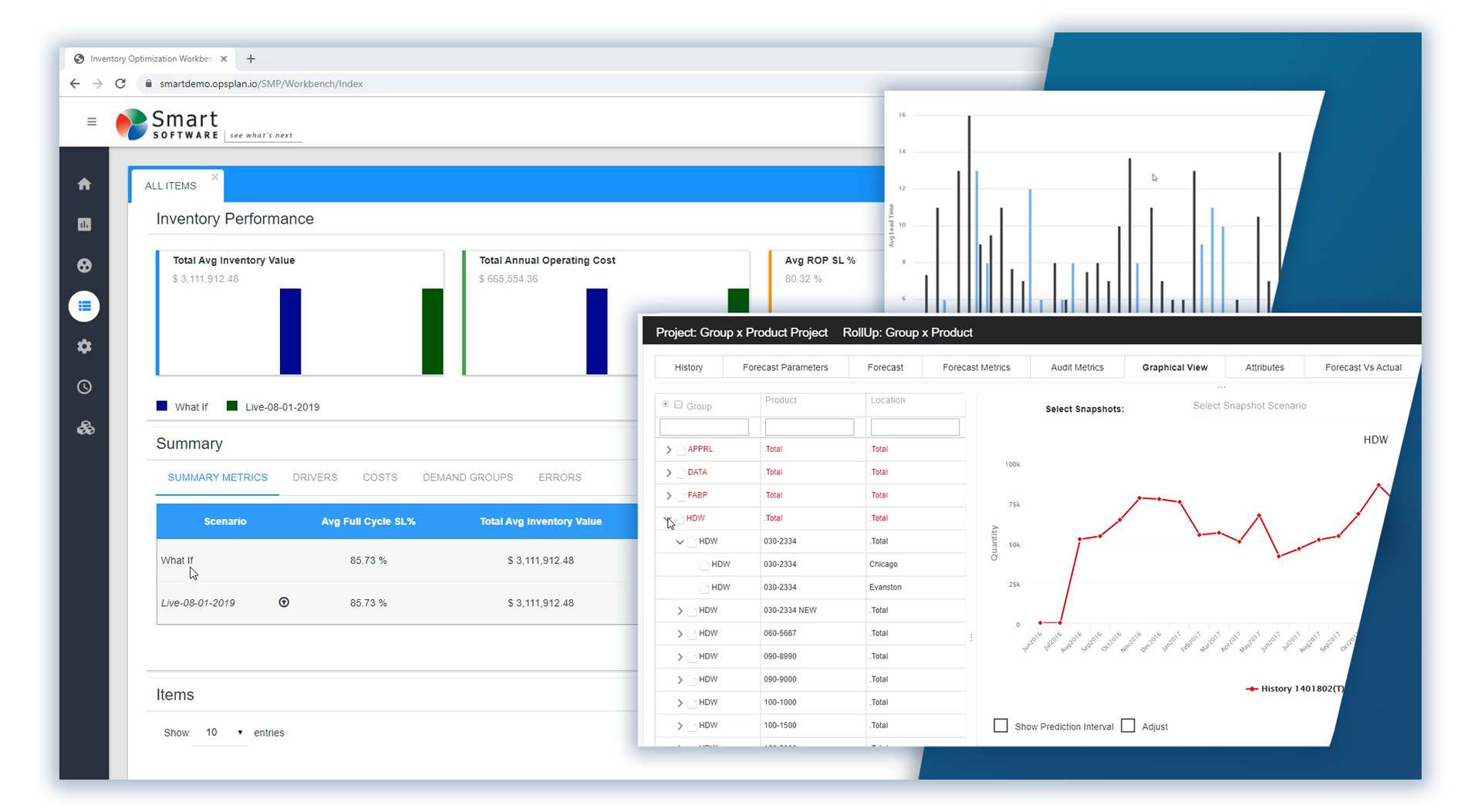Introduction
The Kratos Space group within National Security technology innovator Kratos Defense & Security Solutions, Inc., produces COTS software and component products for space communications, tailored products for individual customers, as well as complete satellite and terrestrial ground segment solutions. Theirs is a highly demanding market often requiring engineered-to-order systems with exceptional performance and rapid delivery cycles. Kirk Smith, Vice President of Business Systems Innovation, sat down with us to explain how parts management and planning has become central to their operational excellence, supporting numerous custom projects per year.
The Challenge:
Engineering-to-order in Kratos’ world means that traditional finished goods forecasting won’t help you plan for the future. In the tailored marketplace, the past does not provide a usable forecast for the future, even within the Space group’s focused technology areas. You just don’t know ahead of time everything your next tailored system customer is going to request. This is problematic for the company’s contract manufacturers (CMs) that produce key lower level assemblies – they can’t know what to expect, and without some advice will have no ability to pre-order and stock requisite component parts. Short forecast horizons and long component lead times makes competitive bidding for new projects difficult, where time to delivery is crucial.
Leveraging a competitive advantage
“With tailored and custom solutions, the Number 1 reason we win is that we solve very challenging problems for our customers,” says Smith. But a close second is a strategic advantage – the ability to deliver those tailored systems quickly. Kratos has an array of previously designed and engineered building blocks (chassis and board level assemblies) that can be applied to newly designed solutions. This speeds design, but because these building blocks are tailored for each customer, stocking them for future sales is problematic – there are many variants. If Kratos could find a way to effectively forecast their board and component level requirements, they would be able to reduce end-to-end production time, minimize part shortages that delay delivery, and prevent excesses that create obsolete inventory.
The Solution:
Kratos pursued a hybrid planning approach, combining sales planning by its business development team with statistical forecasting from Smart Software. Smith explained the process:
Part 1 – Annual forecast at the CM built assembly level:
- Use Smart to produce a rolling 12-month assembly level forecast for the CM.
- Compare this with the Business Development Opportunity Forecast
- Merge the insights from Smart with the Opportunity Forecast
- Provide resulting adjusted assembly forecast to the CM for revenue and capacity planning.
Part 2 – Provide component level forecasts to Contract Manufacturers:
- Feed assembly level forecast into the ERP Bill of Material function, exploding component level demand for all parts.
- Aggregating demand by part number, generate component level forecasts.
- Provide forecasts to CM procurement to enable them to determine when to buy ahead or increase orders to capture volume price breaks. When they see an opportunity, they contact Kratos, get permission, and increase buys – with the effect of driving down material cost and lead times.
- Also, providing annual forecasts reduces buy-back pressure from the CMs – Kratos is obligated to buy back unused components, but now the CMs can see opportunity at the component level and the value of retaining stocks.
Results:
Over the past three years this approach has allowed Kratos to reduce material cost. Moreover, Kratos is able to work with its Contract Manufacturers to reduce stockout risk and achieve shorter delivery commitments. While dealing with components with up to six month lead times, they are able to confidently propose and achieve customer delivery dates.
Jon Good, General Manager at contract manufacturer NeoTech, shared their experience. “We use the Smart forecast provided by Kratos’ Space group to assist in taking advantage of price breaks on material at higher quantities that wouldn’t otherwise be visible in our current business model. This enables us to reduce material cost which translates into reduced pricing to Kratos in the long run.”
Good added that another use is to predict probable material consumption over a longer period of time than would be visible only on open orders. “This enables us to more realistically understand our inventory on hand position in terms of excess. These two benefits allow NEOTech to make smarter decisions related to purchasing and inventory management while at the same time saving days and weeks in the front end of the process and delivering the end product to Kratos as rapidly as possible.”
Looking forward, Smith sees even greater opportunity to team with Kratos Space CMs to streamline their supply chain and associated costs. “The bottom line,” says Smith, “is that we are now able to more effectively communicate with our CM partners, despite the lack of forecastability in our business, and simultaneously reduce material cost and shorten lead times.”


















 The Differences are Meaningful and Important
The Differences are Meaningful and Important








